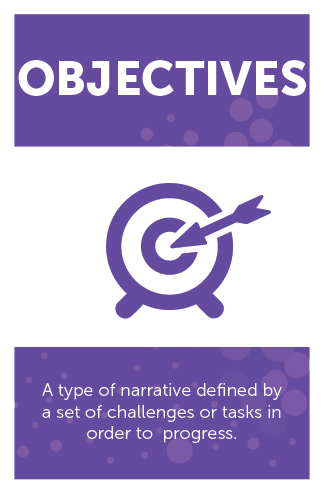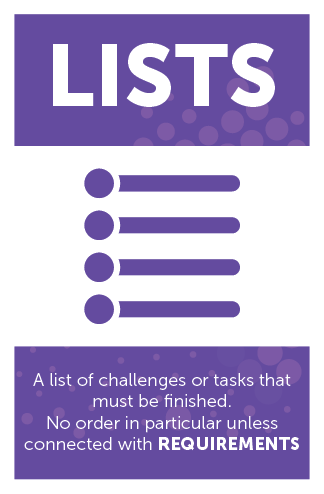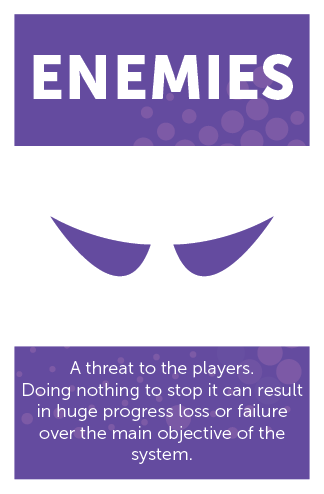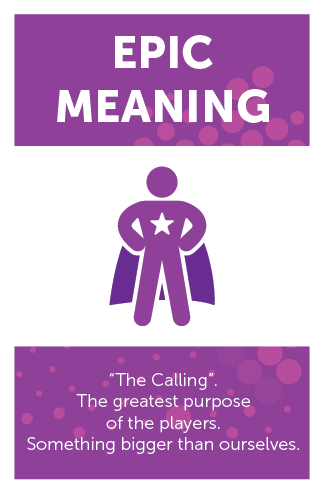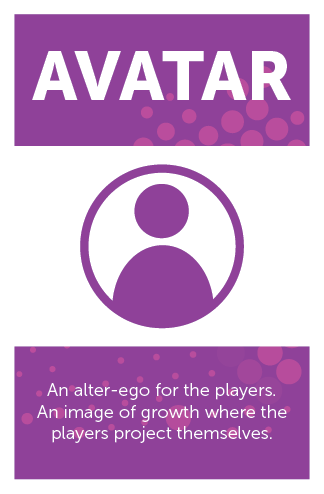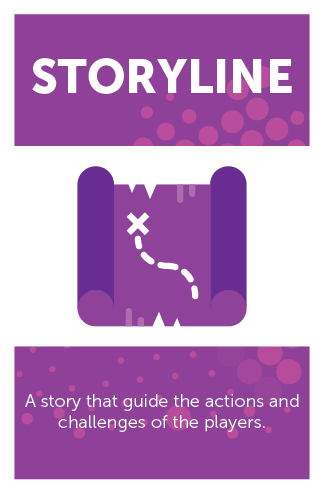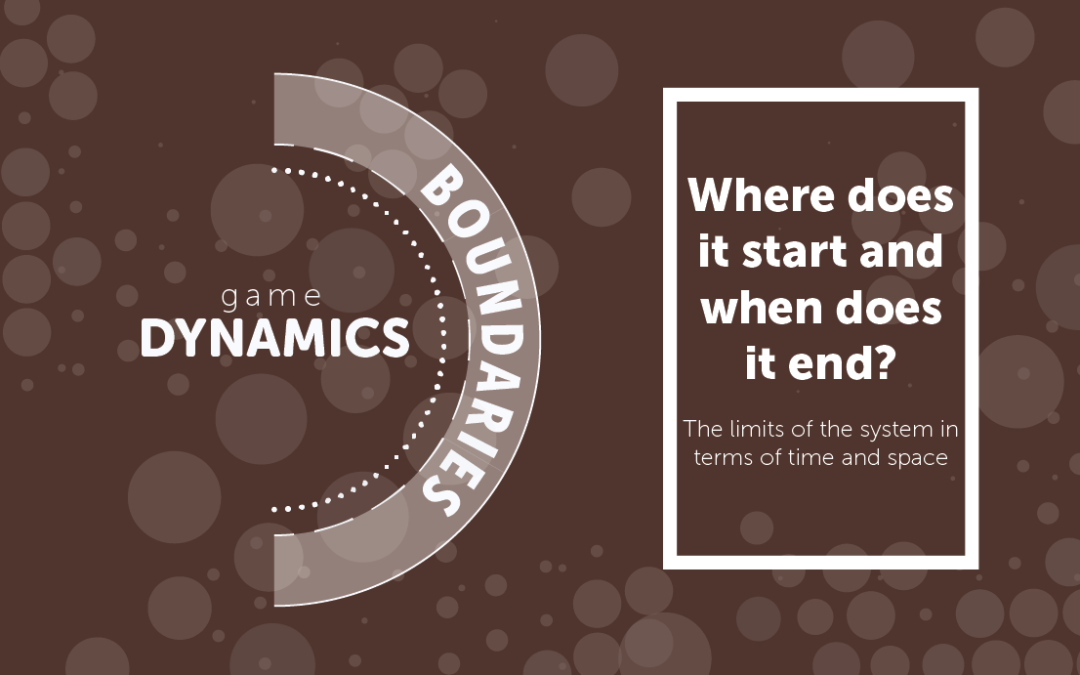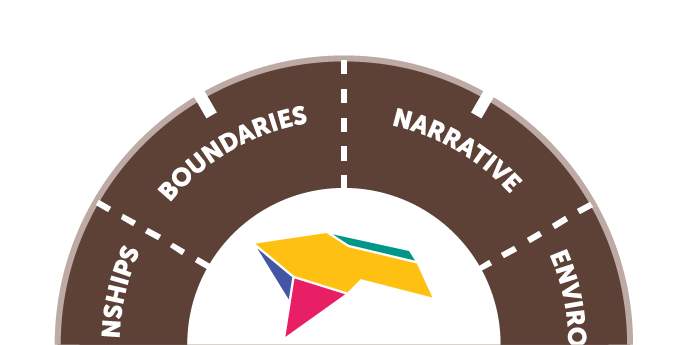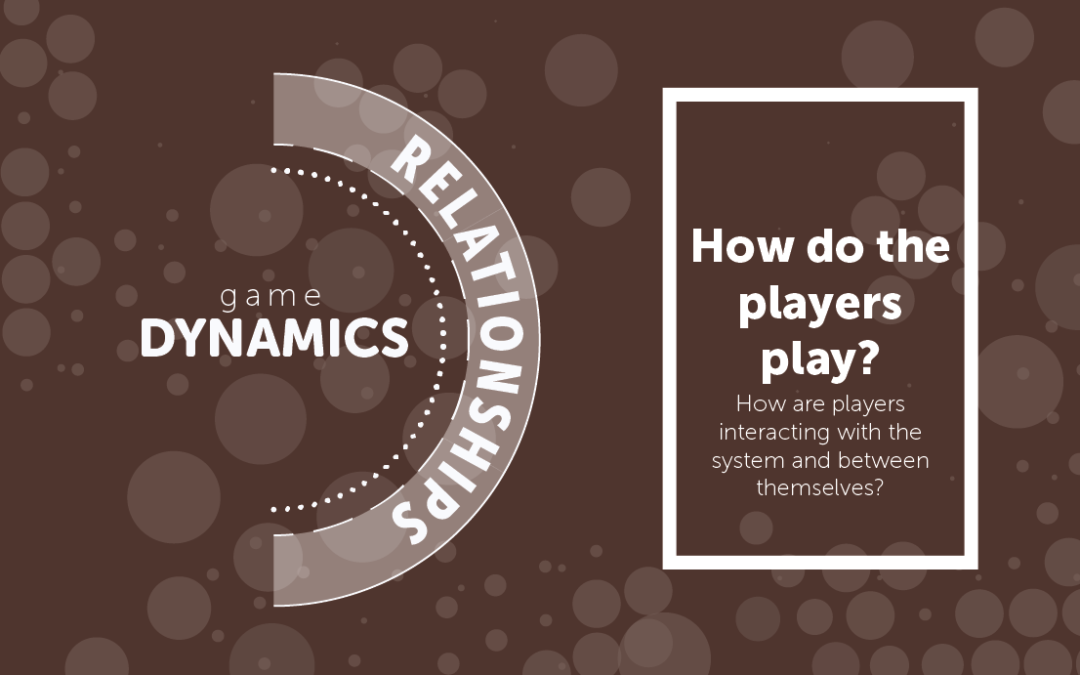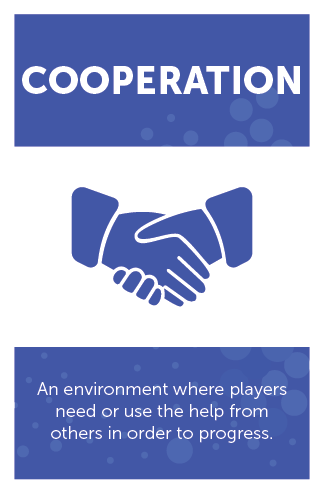
#GameMechanics – Cooperation Category
Cooperation category #gamemechanics
An environment where players need the help of others to progress.
It’s definetely not the same thing to play with your friends than agaiinst them. This category refers to the environment of the system and NOT the relationship between the players.
In terms of cooperation, players can attempt challenges together or receive help from them in order to advance. The goal is to allow the players to beat the system together and promote a “safer” environment. Specifically, you won’t feel a threat from the players around you but only from the system.
You are beating the system, not other players.
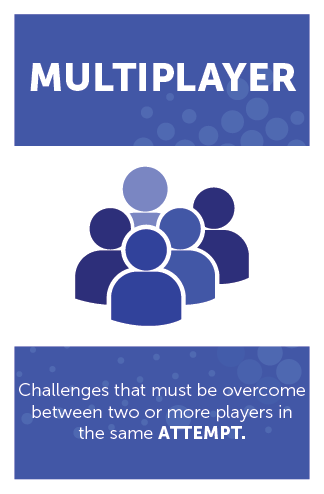
The multiplayer mechanic reffers to playing the same attempt between several players. The other player is your ally through the attempt, but once it’s over, everyone goes back to their individual life.
It MUST NOT be a permanent mechanic, TEAMS or GUILDS are the mechanic to define a more permanent solution.
As an example, think of the arcades, you are playing a game and suddenly an unknown person comes along, puts in a token and starts playing WITH you to beat the game. YOU’RE NOT EVEN FRIENDS ON FACEBOOK. Another example would bein an online MMORPG when you build a party with tons of people you really don’t know of and once that’s done you keep moving or even go back to your guild.
In this time, the multiplayer mechanic allows for strangers to team up temporarily so BOTH of them have a shot at something.
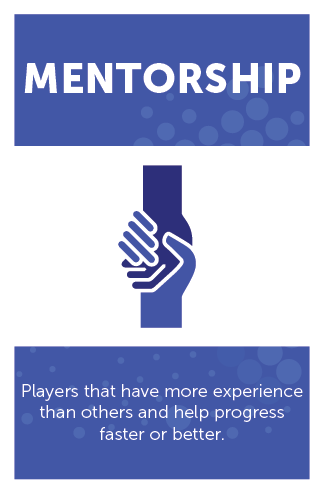
Being a mentor is always fun. Having someone that knows the road ahead of you is always great. Getting points and progressing by helping others is even better.
There is a place, a beautiful place, called Quest to Learn in New York where student PLAY through midleschool and highshcool. Without getting into details with the school it in this post (yeah! wait for it later on!), players here have acces to a platform where there is virtual player that is programmed to know LESS than the player.
Yes. LESS.
When you become a teacher, you realize that you are learning more by explaining things to others than you could ever think. Mentorship as a game mechanic will always be a great way to build trust between players.
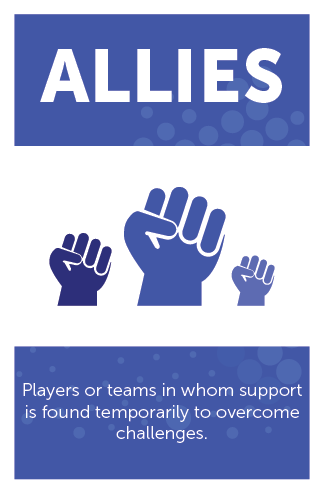
This mechanic is incredibly powerful with Philantropists. Being part of a bigger cause than only your little backyard project is one of the most powerful motivators on the planet. If you build your own garden to harvest your own food is one thing, but when connected through social media to a movement around the globe it suddenly becomes one thing to stand for.
Allies are those people who believe in the same things as you do. Alliances are temporary, but that will depend on the movement or objective the alliance is pursuing.
If an alliance is looking for something more permanent, then it might turn into a guild, but still, there could be multiple guilds pursuing the same goals and the might build alliances to advance further and break it when it’s no longer needed.

Bernardo Letayf
M.B.O. (Mind Behind the Operation)
6th position in the Gamification Gurus Power 100!
Gamification Keynote Speaker & the mind behind the operation @bluerabbit, a gamification platform for education.
Developed three frameworks to teach/learn how to create gamification systems and build gamified content
Declared a world wide war on grades.

